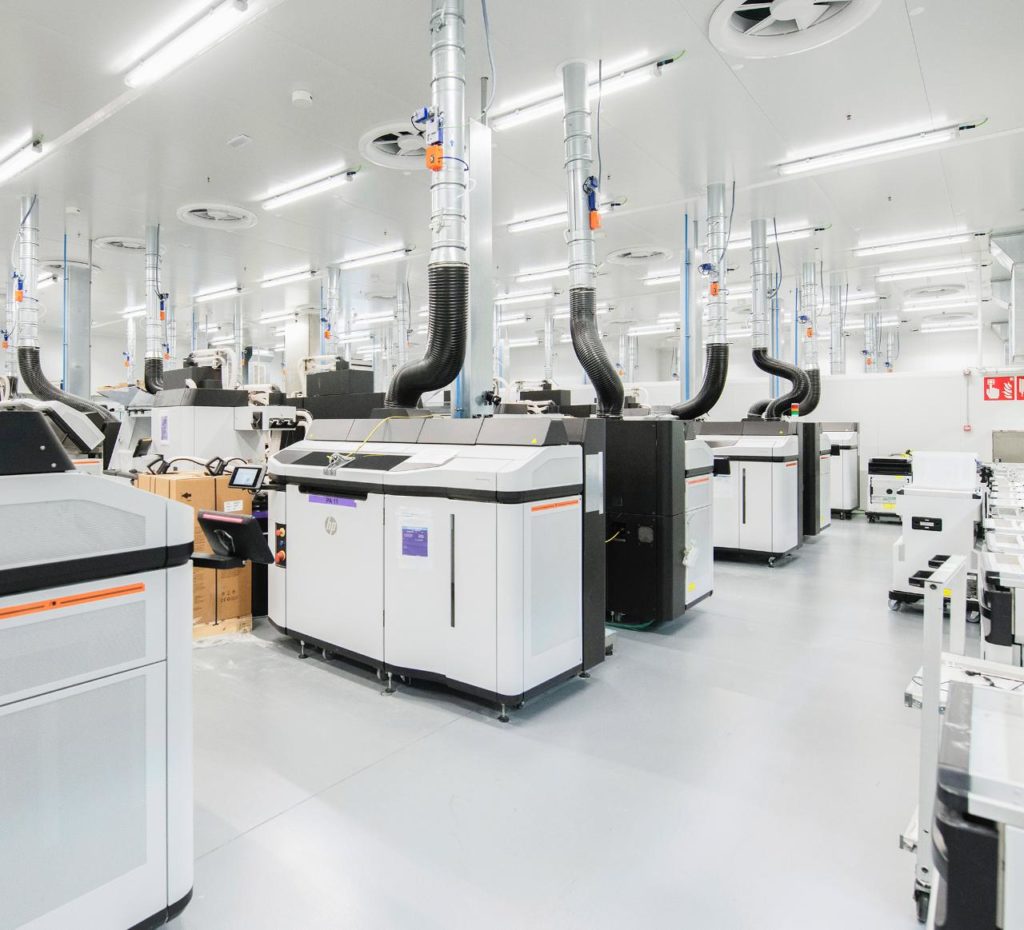
This April marks the 50th anniversary of Earth Day. With the COVID-19 pandemic, life has taken unprecedented turns, but acts of humanity, big and small, are shining through the fog. Whether it is global climate challenges or worldwide public health, these days are a sobering reminder that—regardless of nationality, industry, or any other categorization—we are all inextricably linked.
As a 3D printing industry veteran, this health crisis shows me that digital manufacturing has a transformational role to play: not just by 3D printing medical supplies right now, but in creating a more sustainable, more collaborative world for the long-term. This Earth Day, I’m resolute that three fundamental principles will continue to guide our work today and for decades to come:
Innovation to Benefit Humanity
We have always known that many technologies are catalysed by acute problems. In times of uncertainty and disruption, purpose is a stabilizing force. Technology has the ability to make life better for everyone, everywhere. Digital manufacturing can make production faster and increasingly responsive to the immediate needs of people in a particular place or time—as we’ve seen during this crisis. In fact, 80 percent of enterprises say 3D printing helps them innovate faster. It also circumvents broken supply chains and makes scalability more viable, even for small businesses. All of this is in service of people—the creators, the workforces and, of course, the customers who benefit from a cleaner, more collaborative way of manufacturing.
It Takes an Ecosystem
Our industry mobilized quickly around COVID-19, not only because of technology, but also because of partnerships. Within the first weeks of the virus spreading, HP produced more than 50,000 medical parts, like masks and face shields. Our partners amplified that effort with tens of thousands more. For example, SmileDirectClub repurposed one of the US’ largest 3D printing factories for production of face shields at scale —up to 10,000 a day—while its research and development team worked around the clock on innovative filtration masks. Our industry was able to share ideas and transform workflows in a matter of hours or days, not months or years.

While 3D printing requires a relearning process, from conceptualization, to design, to production, to distribution, this time of need has shown us why experts from every industry must rally behind its life-changing potential. For example, we are proud to participate with the World Economic Forum on its COVID-19 Action Plan. Businesses working together with government agencies, healthcare providers, and academic and research leaders around the world are proving to be a powerful ecosystem with a shared vision for saving lives and facilitating a more sustainable future—something that no single entity could have done alone.
Serve the Communities in Which We Live, Work, and Play
As we work to protect everyone’s wellbeing, we have to think big without overlooking what’s directly in front of us. In Barcelona, where I live and where HP opened a new 3D printing facility just last year, the pandemic has been devastating. That’s why we turned our 150,000-square-foot research-and-development center into full-scale production for face masks and shields, respirator parts, and more. Looking to our own backyards and investing in the communities where our employees work and live helps keep our innovations personal. If we aim to create solutions that serve our own people, progress will follow.
What we’ve learned from a half-century worth of Earth Days is that life on this planet requires the capacity and willingness to constantly meet new challenges with the spirit of resilience and reinvention. From electric vehicles to solar power, deploying technology in service of helping our planet is not new. We’ve proven we can do it. This Earth Day, our world is reeling, but we must continue to spark ingenuity and invention—and each other—once again.
The digital manufacturing industry has been a frontrunner in showing the world what’s possible when technology and human creativity are put to the test. But the work is not nearly done. While there is still a lot of uncertainty ahead, the technology we need to make purposeful change is helping us today.
By Ramon Pastor, Interim President of 3D Printing & Digital Manufacturing, HP Inc.
Subscribe to Our Email Newsletter
Stay up-to-date on all the latest news from the 3D printing industry and receive information and offers from third party vendors.
Print Services
Upload your 3D Models and get them printed quickly and efficiently.
You May Also Like
Heating Up: 3D Systems’ Scott Green Discusses 3D Printing’s Potential in the Data Center Industry
The relentless rise of NVIDIA, the steadily increasing pledges of major private and public investments in national infrastructure projects around the world, and the general cultural obsession with AI have...
3DPOD 260: John Hart on VulcanForms, MIT, Desktop Metal and More
John Hart is a Professor at MIT; he´s also the director of the Laboratory for Manufacturing and Productivity as well as the director of the Center for Advanced Production Technologies....
Etsy Design Rule Change Reduces Selection of 3D Printed Goods
Online marketplace Etsy has implemented a rule change requiring all 3D printed goods on the site to be original designs. The update to the site’s Creativity Standards states, ¨Items produced using...
E-Beam OEM Wayland Additive Partners with USC Racing to 3D Print Titanium Exhaust Collector
Every year, standards organization SAE International holds a competition called Formula SAE, in which students from both undergraduate and graduate programs design, build, and race small formula-style race cars. For...

































